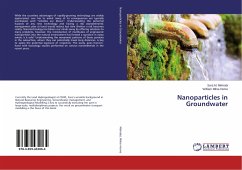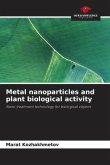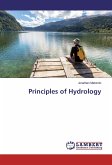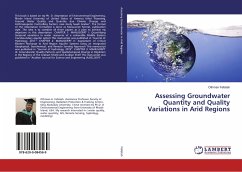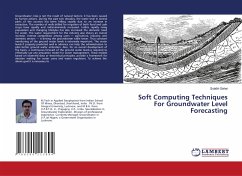While the countless advantages of rapidly-growing technology are widely appreciated, one has to admit many of its consequences are typically overlooked until "whistles are blown". Understanding the potential hazards of any new technology and having a risk assessment/risk management plan at hand would reduce lost time if/when a risk becomes reality. Nanotechnology has blown our minds away by offering solutions to many problems, however, the introduction of multitudes of engineered nanoparticles into the natural environment has formed a question in many minds: is it safe? Understanding the movement patterns of these particles in the subsurface, where they can potentially travel long distances, is key to assess the potential exposure of recipients. This study, goes hand-in-hand with toxicology studies performed on various nanomaterials in the recent years.
Bitte wählen Sie Ihr Anliegen aus.
Rechnungen
Retourenschein anfordern
Bestellstatus
Storno

